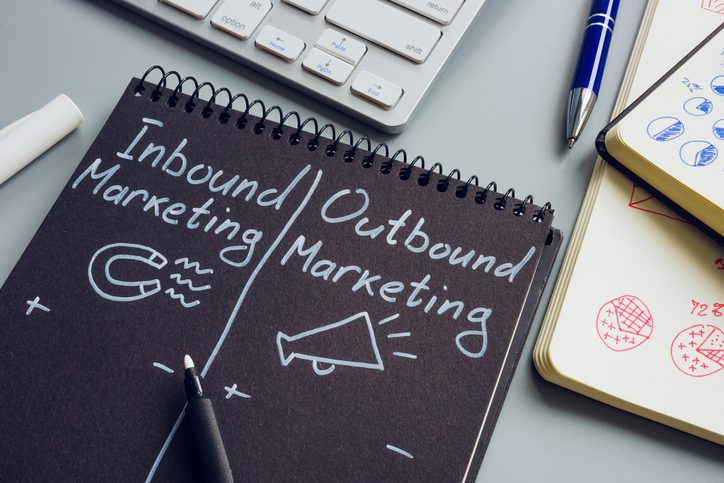Inbound Marketing vs. Traditional Advertising: A Guide for Small Business Owners
As a small business owner, you’ve likely heard the buzzwords “inbound marketing” and “traditional advertising.” But what do they really mean, and how do they impact your business?
Let’s break it down in a practical and straightforward way.
A Simplified Explanation
Traditional advertising typically interrupts the audience, presenting a message regardless of the buyer’s current interest or intent. It’s a one-size-fits-all approach.
Inbound marketing is tailored to be found by those actively looking for specific information. It’s responsive to the buyer’s needs.
While both methods can be effective, they differ in approach: one broadcasts broadly, and the other answers specific queries.
What is Inbound Marketing?
Inbound marketing is a strategy that focuses on attracting customers through relevant and helpful content. Instead of pushing your products or services, you pull in potential customers by addressing their needs and questions. This approach aligns perfectly with the “They Ask, You Answer” framework, emphasizing the value of addressing customers’ common questions.
Key Elements of Inbound Marketing:
- Content Creation: Produce high-value content that addresses specific needs. This content can be in the form of blog posts, videos, eBooks, and more. Remember, it’s not just about frequency but also about quality and relevance.
- Search Engine Optimization (SEO): Ensure your content is discoverable when potential customers search for answers online. This involves optimizing your content with relevant keywords and ensuring your website is search-engine friendly.
- Social Media: Use platforms like Facebook, Twitter, and LinkedIn to share your content and engage with your audience.
- Email Marketing: Send targeted content to your subscribers, guiding them through their customer journey from awareness to decision.
Why Choose Inbound Marketing?
- It’s Customer-Centric: Inbound marketing is all about understanding the customer’s journey and tailoring content accordingly. It’s not just about attracting customers but guiding them through their journey.
- Builds Trust Over Time: By consistently providing valuable content, you build trust with your audience over time. This trust is not built through a single piece of content but through sustained efforts.
- Cost-Effective: Inbound marketing, especially content creation, can be more cost-effective than traditional advertising methods.
- Data-Driven: Use analytics to understand customers’ questions and refine your strategies based on data.
Traditional Advertising: What’s the Difference?
Traditional advertising, often called outbound marketing, has been the cornerstone of business promotion for decades. These methods, including TV, radio, billboards, and print ads, are designed to reach a broad audience and create brand awareness.
Key Characteristics of Traditional Advertising:
- Broad Reach: Traditional advertising is designed to cast a wide net to reach as many people as possible. This can be beneficial for brand visibility.
- One-Way Communication: Unlike inbound marketing, which encourages two-way engagement, traditional advertising is more of a one-way broadcast.
- Time-Bound: Many traditional advertising methods, like TV or radio spots, are time-bound, meaning they run for a specific duration and then end.
- Less Personalized: Traditional advertising is often less personalized than inbound marketing due to its broad nature. It’s more about general brand messaging than addressing specific customer needs or questions.
In Conclusion
Inbound marketing offers a more personalized, trust-building approach compared to traditional advertising. You can attract and retain more customers by focusing on answering questions and providing value. Remember, it’s about building and nurturing relationships over time. As you consider your marketing strategies, consider how to incorporate inbound principles to serve your audience better.
